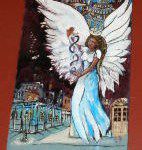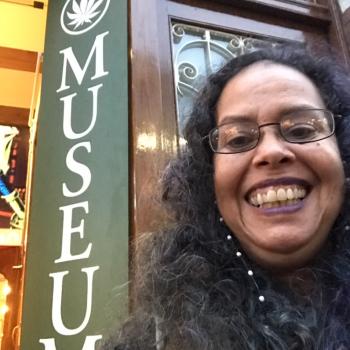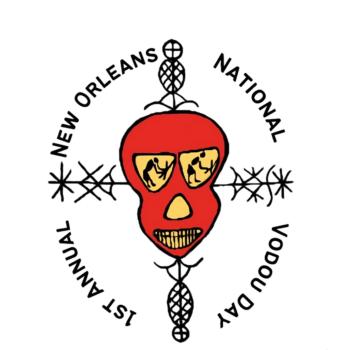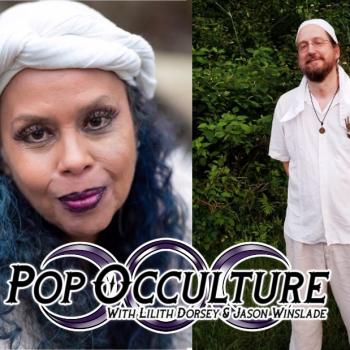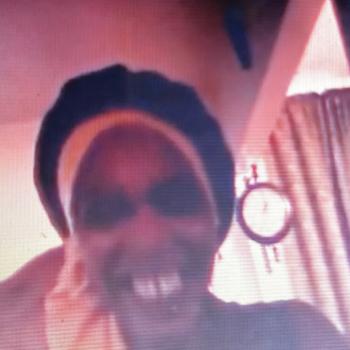
As I started writing about in my last post, the Mardi Gras Indians are one of the most fascinating and intense facets of Carnival in New Orleans. There are a lot of reasons the tradition continues and people still “mask as Indian.” Back in the day the tribes or gangs as they were called back then, would do actual battle in the street. Rival gangs fought it out with fists, knives, hatchets or worse, and there was much fear surrounding these altercations. The Violence came to an end however, with the man known as the chief of chiefs, Big Chief Allison “Tootie” Montana. He turned everyone’s focus towards the beauty and artistry of the suits, and made the competition about who was “the prettiest.” In 1987 he was made a National Endowment for the Arts Heritage Fellow, in recognition of his work. He turned the focus from combat to art, that fact alone is enough to make him a legend. Throughout his life he continued to struggle for the rights of the Mardi Gras Indians. His story is profiled artfully in the documentary
Tootie’s Last Suit
The newspaper report of his death states, “On June 27, the night of Mr. Montana’s death, the City Council convened a hearing to address reports of police harassment on March 19, St. Joseph’s night, which Mardi Gras Indians consider sacred. Mr. Montana, a small man, stepped to the lectern and asked other chiefs in the room to stand behind him. He said that historically, the police had treated Mardi Gras Indians roughly. “I want this to stop,” he said, looking directly at the Council and top police officials. He then collapsed and was taken to a nearby hospital, where he was pronounced dead of a heart attack.” July 11, 2005 New York Times
His legacy lives on in the hearts and minds of the people, the great man remembered as the “Chief of Chiefs.”
Big Chief… You the Prettiest!
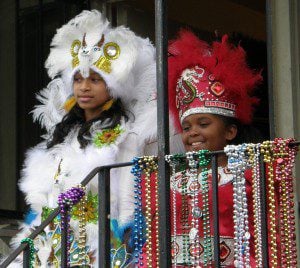
Leading all the spyboys, the flagboys, the wildmen and the queens are the Big Chiefs. They function not only as leaders of the tribe but as patriarchs for the entire community. Big Chief David Montana, “Tootie’s” nephew, talks about how he lives, creates and rolls out from his home where his parents once resided, “There’s a Spirit there.” The glory and the majesty that rolls out from his house is truly a sight to behold.
There is Big Chief Donald Harrison , world renowned as both a Jazz performer and leader of the Congo Square Nation Afro-New Orleans Cultural Group. He graces the March issue of Offbeat magazine in his fantastic pink panther suit. I was fortunate enough to meet him a few years back and he is one of the most
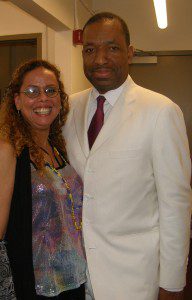
talented, respectful and powerful people I have ever worked with. I applaud his decision to name his group the “Congo Square Nation Afro-New Orleans Cultural Group,” which he explains gives honor to both the Afro-diasporan tradition, and Congo Square. Regular readers of this blog know Congo Square was a traditional site for ceremonies led by Marie Laveau, as well as social and cultural gatherings for Native people, slaves and immigrants alike.
On Mardi Gras Day maybe you will be lucky enough to see some Indians. Locals recommend checking the paper or asking around. Suits are on display at the Backstreet Cultural Museum in the Treme, and if you can check out The House of Dance and Feathers in the 9th Ward, more information is available on their facebook pages.
The Mardi Gras Indians are the prettiest, baddest, the toughest… they used their wit, wisdom, and artistry to keep their heritage and themselves alive. They have been here for hundreds of years, and most likely will continue for hundreds more with their fine feathers. Dance on my friends in all your crowning glory!



